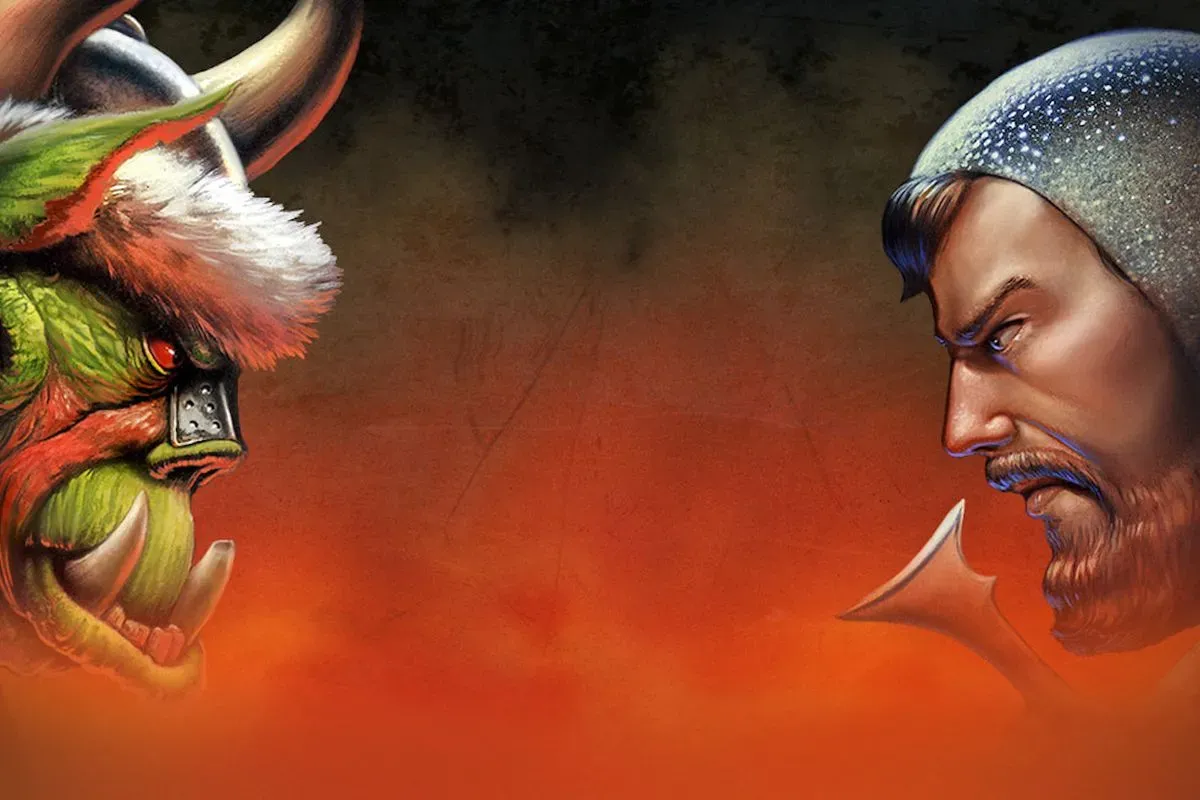The One Thing That Strategy Games Must Learn from 1994’s Warcraft
A classic RTS game like no other

Warcraft: Orcs & Humans is a fascinating game. It’s an experience that aspires to be many things: a conflict between good and evil, an exercise in crafting a quality real-time strategy game, and is one of the first few videogames that kicked off multiplayer gaming. True, its controls were wonky to the point that I had to adjust how I played it after years of honing my right-click muscle memory. The “select unit, select command, select target”operation often got on my nerves. And its missions and units were far from diverse. But it is still a classic and a portal into the RTS genre.
It also happens to be a look into how the past manifests itself in the present.
Warcraft II: Tides of Darkness released just a year later, packed with neat upgrades. It fixes most of these issues and gives you a compelling story to boot, complete with unique heroes and balanced sides that take to the skies and the high seas to duke it out. A true flagbearer of the genre and a worthy opponent to Westwood’s Command & Conquer series. But this article isn’t about innovative mechanics or pixelated paladins duking it out with Orc raiders. Neither is it about how Warcraft invented fog of war or decided to make food act as a population limit in this game. No, it’s more than that. Warcraft shook up a fundamental tenet of RTS games that no game before it had tried to change.
I found it by accident. Or luck, I suppose.

Truth be told, all I did was aimlessly but repeatedly click a Footman, a grunt who you can recruit if you play as the Humans. The result bowled me over in a way few RTS games ever have.
He replied.
It wasn’t a “Yes, my lord” or an “As you wish” as you’d expect from a regular game.
“Don’t you have a kingdom to run?”
Alliance Footman
I was beyond startled. His comment caught me off-guard like a village beset by Orc raiders. Amused, I repeated the procedure to wring out even more from the irate lad.
“Are you still touching me?”
“I’d rather be sailing.”
My next course of action was clear. Clearer than any semblance of purpose the game’s crisp narrative had given me. I went about creating units of every type, only to perform the same experiment. Here are the ones that stood out the most to me in WarCraft and its sequel Tides of Darkness.
“You’re the king? I didn’t vote for ya!” — Alliance Peasant
“You’re making me seasick!” — Alliance Ships
“I warned you.” (thunder noise) — Alliance Mage
“Do that again and you’ll pull back a stump.” — Alleria, Alliance Hero
“You think Lothar’s death was my fault, don’t you?” — Turalyon, Alliance Hero
“Hee hee hee! That tickles.” — Horde Peon
“Say hello to my little friend.” — Horde Orc Axethrower
“When my work is finished, I’m coming back for you.” — Horde Death Knight
“Do you like fire? I’m full of it.” — Deathwing, Horde Hero
“Do you feel lucky, punk?” — Kargath Bladefist, Horde Hero
Corny lines like these inject some much-needed personality into these bundles of pixels. Despite their age, I found myself getting attached to units, in stark contrast to modern RTS games where troops are rarely more than cannon-fodder. While most games offer dialogue options to units, none account for the probability of a curious player incessantly clicking on one. In fact, Blizzard snuck in unique lines for publications and pre-release reviewers. Neat.
I’ve played my fair share of RTS games so if any other franchise does the same, let me know in the comments.
And of course, I saved the best line for last.
“I am Iron Man!”
Grom Hellscream
